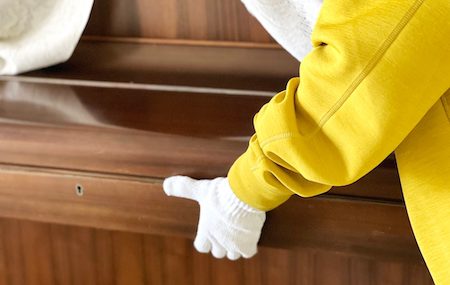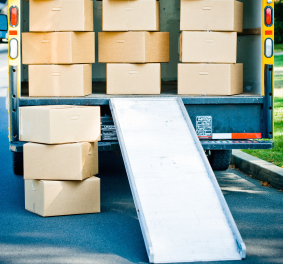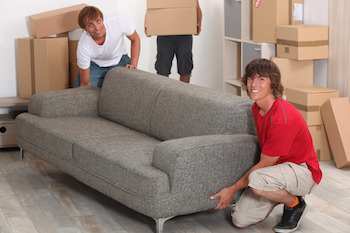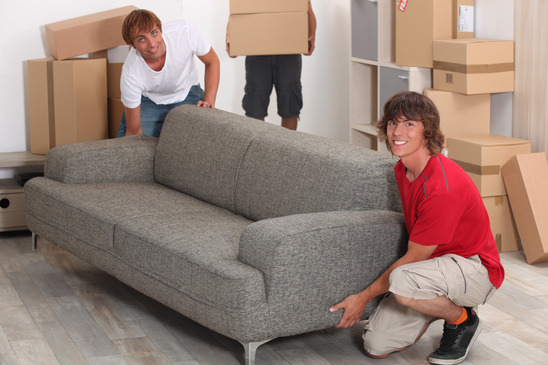Did you buy a new house? Are you ready to move?
Moving a piano can be a daunting task.
Pianos are heavy, bulky, and delicate instruments, and even the slightest mistake during the move can result in severe damage to the instrument. Whether moving your piano to a new home or transporting it to a performance venue, it is essential to take the necessary steps to ensure its safe transportation.
Where do you begin?
Plan ahead
Safety increases when you plan ahead. Decide on the route you will take, and make sure that it’s clear of any obstacles. Consider narrow doorways, stairs, or tricky corners that might make it difficult to move your piano. You should also consider the weather conditions on the day of the move. If there is rain or snow, ensure that you have the equipment to protect your piano from moisture.
Hire a professional piano mover
Moving a piano is not a job for amateurs. If you are not confident in your ability to move the piano, it is best to hire a professional piano mover. These professionals have the experience and equipment to move your piano safely and efficiently. You can also use a piano dolly or a board to safely transport the piano.
Prepare your piano for transportation
Before moving your piano, you need to prepare it for transportation. Remove all loose items from the piano, including sheet music, covers, and other accessories. Secure the piano lid to prevent it from opening during the move. Wrap the piano in a moving blanket or bubble wrap to protect it from scratches and other damage. You can also use a piano dolly or a piano board to transport the piano safely.
Use proper lifting techniques
Pianos are heavy, and lifting them improperly can result in serious injuries. If you lift the piano yourself, make sure you use proper lifting techniques. Bend at the knees and use your legs to lift the piano, not your back. It is also a good idea to wear gloves to get a better grip on the piano. However, keep in mind that pianos are bulky, oversized, and very difficult to move. One wrong shift can break off the legs or compromise the keyboard. If you don’t have experience, it’s best left to the professionals.
Transport a piano carefully
When transporting a piano, make sure it is adequately secured. If you are using a truck or a van, the piano should be secured with straps or ropes to prevent it from moving during transport. If you are transporting the piano on a dolly, ensure the wheels are locked to prevent it from rolling during the move. You should also drive carefully and avoid sudden movements that can cause the piano to shift.
Conclusion
Moving is complicated at best. While getting into a new home might be exciting, arriving with damaged goods can lessen the experience.
Transporting a piano requires careful planning, preparation, and execution. Whether moving your piano to a new home or transporting it to a performance venue, it is essential to take the necessary steps to ensure its safe transportation. If you are not confident in your ability to move the piano, it is best to hire a professional piano mover to do the job. We can help.





 around 600 pounds and can go up to 1300 pounds and beyond. The value of a piano can range from several hundred dollars all the way up to a million or more, depending on make, model, age and condition. Add in the bulk, shape and size a piano has, and its easy to see why a piano has very unique situations when it comes to moving. Household movers understand how to move furniture and appliances in and out of your house. But adding in the unique nuances a piano gives adds a whole new dimension to the common every day move. If you trust anyone outside of a professional piano mover, you have to ask yourself first “Am I willing to take a risk?” Not only is it risky to the mover – injuries can be substantial – its also risky for the piano, especially if its antique or has sentimental value.
around 600 pounds and can go up to 1300 pounds and beyond. The value of a piano can range from several hundred dollars all the way up to a million or more, depending on make, model, age and condition. Add in the bulk, shape and size a piano has, and its easy to see why a piano has very unique situations when it comes to moving. Household movers understand how to move furniture and appliances in and out of your house. But adding in the unique nuances a piano gives adds a whole new dimension to the common every day move. If you trust anyone outside of a professional piano mover, you have to ask yourself first “Am I willing to take a risk?” Not only is it risky to the mover – injuries can be substantial – its also risky for the piano, especially if its antique or has sentimental value.
